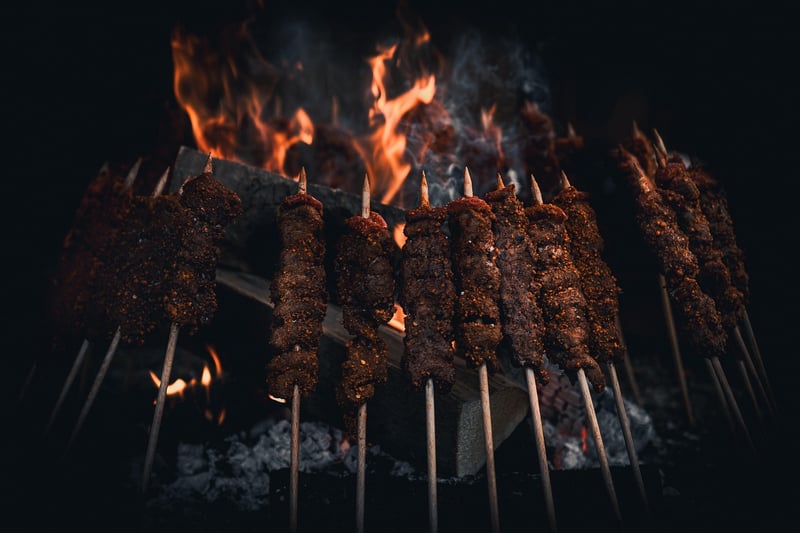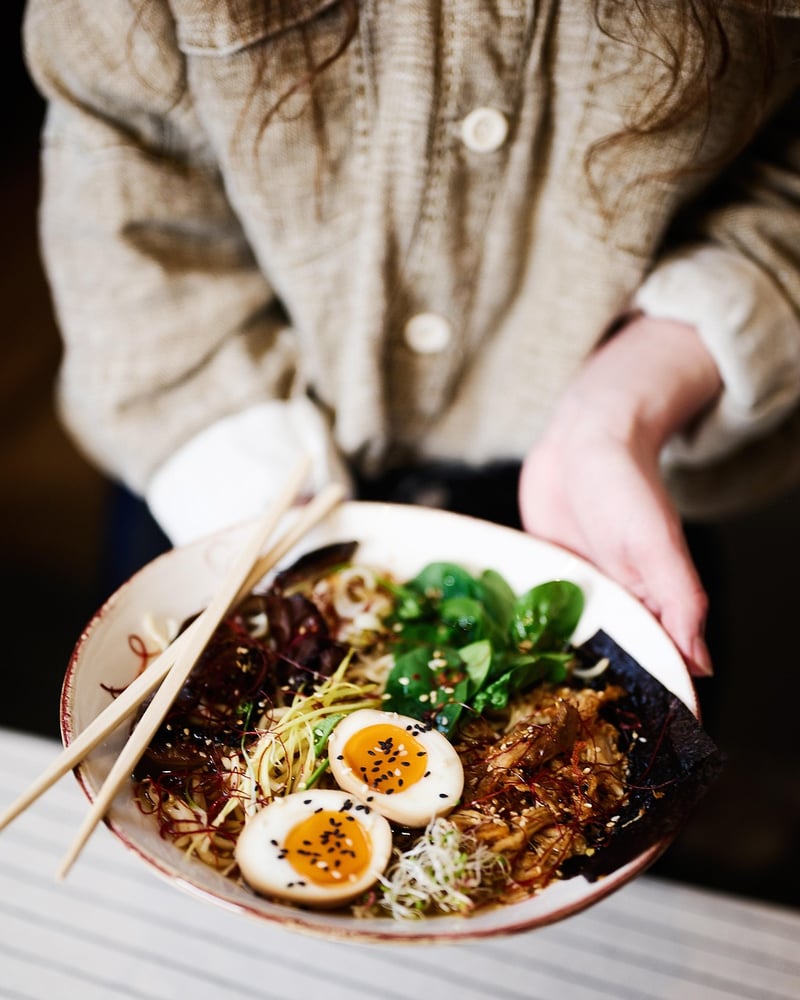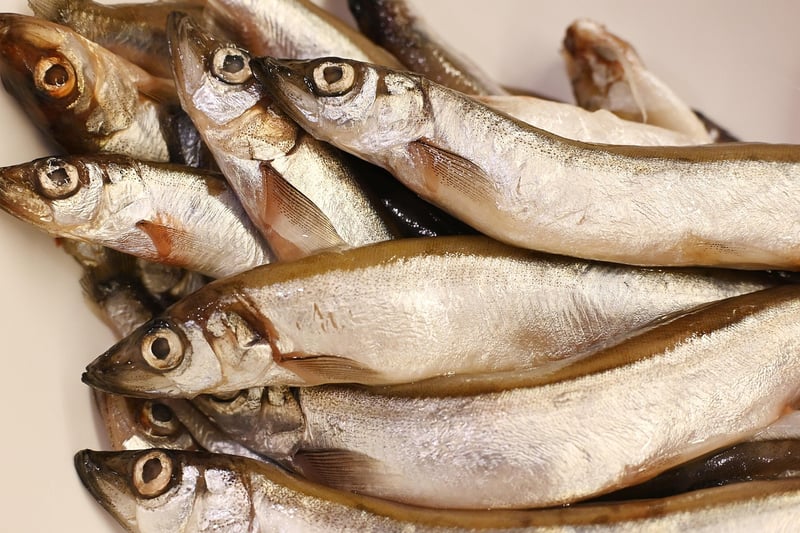Experimental Cooking
#Unique Flavors
#Food Art
#Modern Cooking
Unleash Your Creativity in the Kitchen with Experimental Cooking

Are you tired of the same old recipes and flavors in your kitchen? Do you want to spice things up and add a dash of creativity to your cooking routine? If so, experimental cooking might be just the thing for you!
What is Experimental Cooking?
Experimental cooking is all about breaking free from traditional recipes and techniques to create unique and innovative dishes. It involves combining unexpected ingredients, trying new cooking methods, and daring to push the boundaries of your culinary skills.
How to Get Started
- Step 1: Get Inspired
Look for inspiration in cookbooks, food blogs, and cooking shows. Experiment with different cuisines, flavor combinations, and cooking styles. - Step 2: Start Small
Begin by making simple changes to your favorite recipes. Add a new spice, substitute an ingredient, or try a different cooking technique. - Step 3: Be Fearless
Don't be afraid to make mistakes. Some of the best dishes come from happy accidents and unexpected flavor pairings. - Step 4: Keep a Food Journal
Write down your experiments, what worked, what didn't, and any ideas you have for future creations.
Benefits of Experimental Cooking
- Enhanced Creativity: Experimenting in the kitchen can help you think outside the box and come up with exciting new dishes.
- Improved Cooking Skills: Trying new techniques and ingredients can expand your culinary skill set and make you a more versatile cook.
- Personal Satisfaction: There's a sense of accomplishment that comes from creating something unique and delicious from scratch.
- Fun and Excitement: Experimental cooking can bring an element of fun and excitement to your time in the kitchen.
So, what are you waiting for? Grab your apron, gather your ingredients, and let your creativity run wild in the kitchen with experimental cooking!
Remember, the only limit is your imagination.

Happy cooking!
